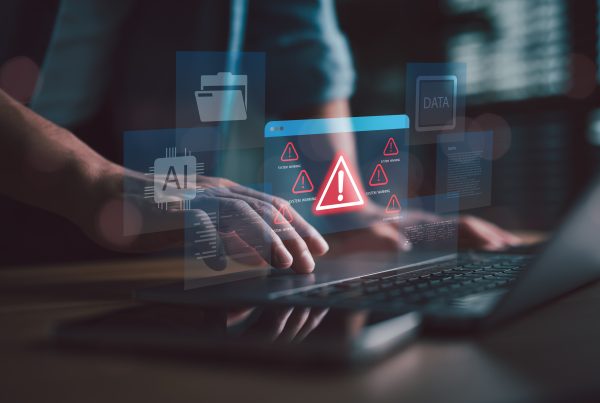Expert in Communications Identity Proposes Investigation into New Framework for Trusted Business Calls: Gerry Christensen makes the Case for AI and Organization identity, Traceability and Accountability Solutions
The Federal Trade Commission requested comments about technologies and solutions for dealing with impersonation. ECAC member company, Caller ID Reputation’s Head of Regulatory Compliance, Gerry Christensen, recommends investigation into new forms of digital identity. One of those new identity tools is Organizational Identity, which he believes would provide traceability to an organization (business, government agency or NGO) responsible for conduct associated with phone number usage.
Christensen provides an example: If a telephone call is found to exhibit unlawful behavior, attribution of an organization to that call and phone number (at the time the call is placed) provides non-repudiation. Gerry believes this is very important for non-real-time, post-call purposes as a means of providing accountability. He also sees potential advanced implementations of an Organizational ID that involve network and analytics integration could provide a means of real-time call processing.
Gerry also recommends investigation into the potential development of what he calls a Proof-of-Life (PoL) ID, a new digital identity tool that could be leveraged to identify that a communications attempt is associated with a real human or a synthesized voice (e.g. a bot). Unlike the Organizational ID, which can represent virtually an infinite number of descriptives, the PoL ID is a Boolean attribute representing either “Human” or “Bot”.
Christensen explains that an important aspect of both the Organizational ID and the PoL ID is reliable authentication and validation. Therefore, it is recommended that both leverage cryptographically verifiable credentials. The use of blockchain or some other similar means of verification (e.g. cannot be counterfeit, provides traceability and attribution) is strongly recommended.
Gerry elaborates that these tools will only be as good as Know Your Customer (KYC) procedures and processes allow. He explains that the use of Organizational ID and PoL ID be used in conjunction with KYC onboarding and monitoring best practices.
Christensen provides an example: A business may be assigned an Organizational ID upon becoming a customer of a communications service provider. This ID would be associated with all telephone numbers that are used at any given point in time, providing a means of KYC attribution and thus accountability to the business itself for compliance with applicable regulations and laws.
Additional information about these concepts and recommended areas of investigation may be found in Christensen’s comments to the FTC in response to their invitation, “Seek Comment for Trade Regulation Rule on Impersonation of Government and Businesses”.




